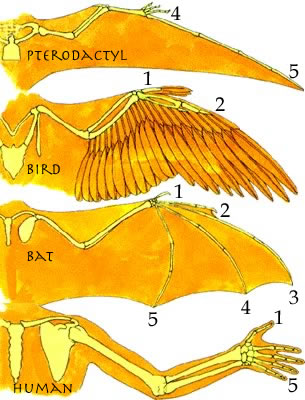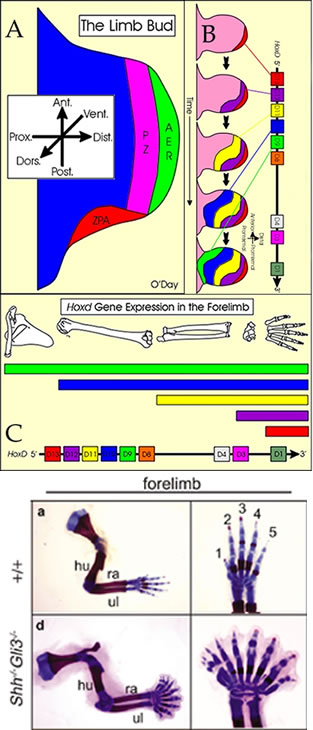
Why: The shape of the hand (forelimb) is determined by its functions -- what it has been selected to do, evolutionarily.
A common example is the modification of the five digits to form wings. For example, in flying reptiles (pterosaurs) the fifth finger was greatly extended in order to support the wing.
In contrast, In birds, the third finger is greatly reduced and the fourth and fifth fingers are missing.
The human hand appears to be highly adapted to grasping, using an opposable thumb and fingers of roughly the same lengths.
A key question is whether the differences in human finger lengths are functionally significant, or arise as a by-product of the developmental processes that form the limb.
